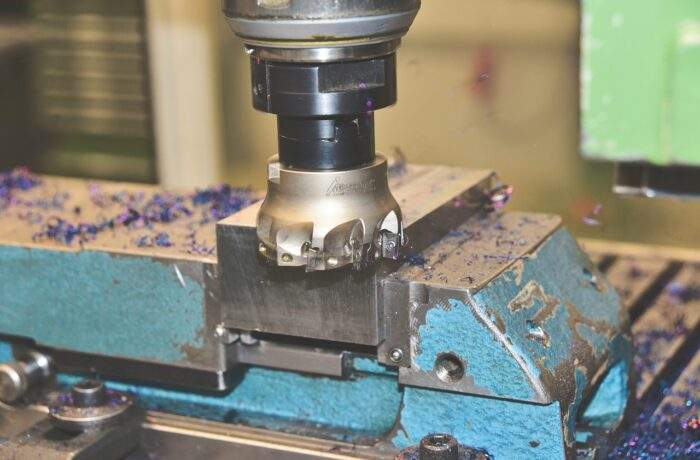Conquer Mold With Confidence – Proven Techniques for Successful Mold Removal
Mold is more than an eyesore and can wreak havoc on indoor air quality. It can also cause unexplained health problems.

Learn how to remove mold safely and effectively by following these proven techniques. Before you start, protect yourself by wearing gloves, a respirator mask, and eye protection.
Disinfecting
Professionals in mold removal Seattle, WA utilize dry-ice blasting, HEPA vacuuming, and fogging techniques to remove mold from porous materials like drywall, insulation, fabrics, wood, and paper. It allows for a more thorough cleanup and ensures that any lingering spores are eliminated. However, the moisture problem that caused the initial mold outbreak should still be resolved to prevent future recurrence.
When cleaning the area, using a respirator and eye protection is essential, as mold spores can cause respiratory issues.
Abrasive Blasting
Standard household vinegar effectively kills mold spores and cleans the affected surfaces. If you need to clean your home and avoid using bleach, mix equal vinegar and hydrogen peroxide solution in a spray bottle. This solution is more effective than bleach and doesn’t produce any fumes. However, it’s important to note that hydrogen peroxide can stain fabric and may cause discoloration on some plastics. Rather than relying on chemicals or steamers, blasting with pressurized air strips mold off of surfaces in your home. It allows for a much deeper clean than manual scrubbing alone and eliminates the potential of contaminating surfaces not affected by mold.
Abrasive blasting is commonly seen cleaning the hulls of boats, restoring monuments, and prepping metals for welding or coating. It is also a popular choice for graffiti removal.
There are also less abrasive alternatives that are gentle enough to avoid damaging the substrate, including soda blasting (baking soda), corn starch, sodium bicarbonate, and dry ice. The latter is excellent for working in attics and other tight spaces because it sublimates and doesn’t leave feel abrasive.
Scraping
The presence of mold causes great concern in many people. For some, even a tiny amount is a threat to their health. For others, the sight of a significant mold infestation threatens their home.
Molds only need two things to grow: moisture and a food source. Most of the time, this is an organic material, such as cotton, leather, or cellulose, found in wood and paper.
When this type of material is contaminated with mold, it must be removed and replaced immediately. For this reason, a trained mold remediation specialist will assess the damage and take appropriate action to prevent the spread of mold spores. The professional may use techniques such as dry ice blasting, HEPA vacuuming, or fogging to remove the mold and its spores effectively.
Remediation
Sometimes, a homeowner needs to call in professional mold remediation services rather than try it themselves. This is particularly true for those with a respiratory condition or a compromised immune system. It is also a good idea to call in a pro when a mold problem involves porous materials such as drywall, insulation, or carpeting that cannot be cleaned and must be removed or replaced.
Before beginning a mold remediation job, isolating the work area by blocking off doorways and heating vents with plastic sheeting is essential. Placing a fan in the room to draw spores outdoors is also helpful. In addition to using bleach-based products to clean and disinfect surfaces, it is helpful to have hydrogen peroxide on hand to lighten dark mold stains.







